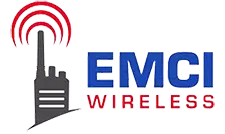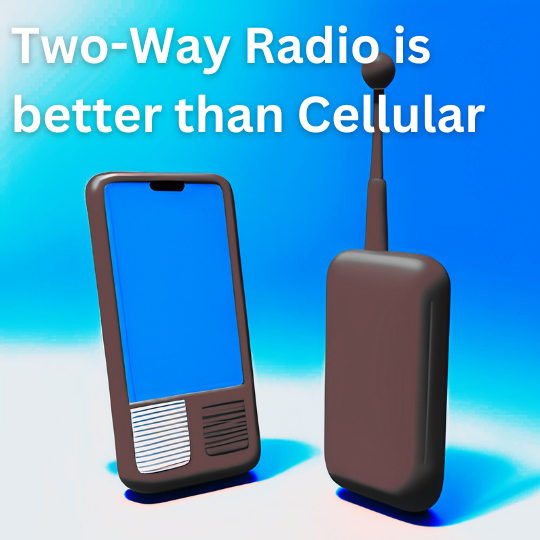In the age of smartphones and advanced communication technology, two-way radio push to talk (PTT) systems may seem outdated, with many people assuming it’s antiquated technology. However, there are several compelling reasons why two-way radio PTT remains a superior choice in many commercial applications. In this article, we will explore seven key reasons why two-way radio PTT outshines cellular communication in commercial use.
1. Instant and Reliable Communication
One of the primary advantages of two-way radio PTT is its instantaneous and reliable communication. With the push of a button, users can establish immediate contact with their team members. Instant communication to the entire team at the push of a button, instead of having to open your smart phone screen, scroll down to the app you want and then have it initiate for it to be used, PTT ensures that communication is instant. Also, unlike cellular networks, which can be affected by congestion, dead zones, or network outages, two-way radio PTT operates on dedicated frequencies, ensuring consistent and reliable communication to get through when you need to.
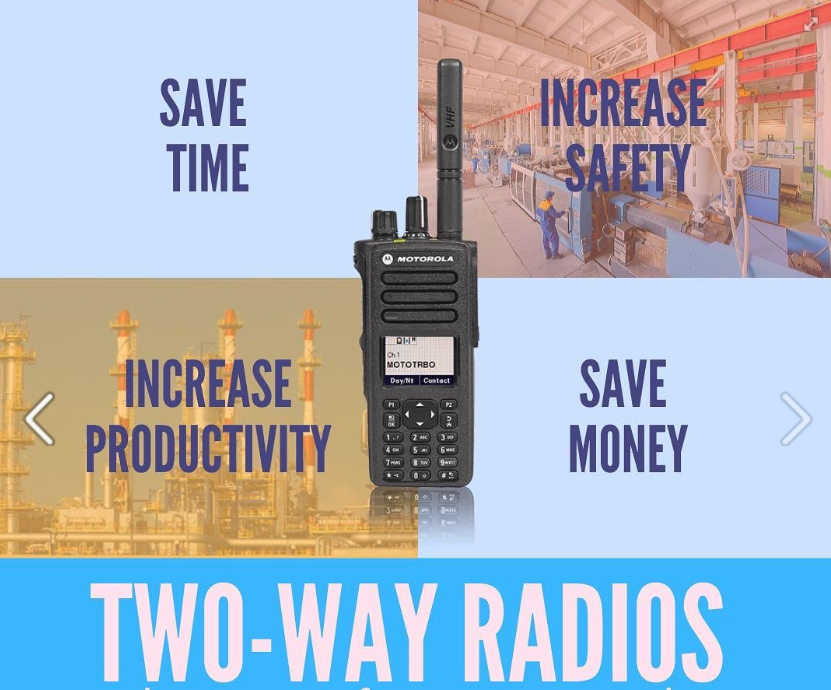
2. Group Communication
Two-way radio PTT excels in facilitating group communication. It allows users to communicate with multiple team members simultaneously, enhancing team coordination and efficiency. This feature is particularly beneficial in industries such as airports, arenas/stadiums, healthcare facilities, busy construction sites, fast-paced manufacturing facilities, and even school campuses, where real-time instant group communication is essential for efficiency and safety.
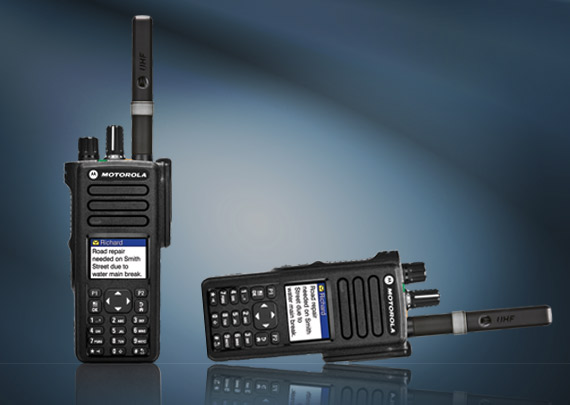
3. Enhanced Durability
Two-way radios are built to withstand rugged conditions. They are designed to be robust, water-resistant, and resistant to dust and impact. In contrast, cellular phones are fragile and susceptible to damage in harsh environments, where phone screens can crack from a simple drop. You can’t use fragile smart phones in industries that require communication devices that can endure extreme conditions. Motorola radios have advanced noise suppression and speakers to ensure they are extra loud and deliver clear voice no matter the no. With Military spec ruggedness at a budget friendly price, two-way radios like the Motorola R2 are the clear better choice.
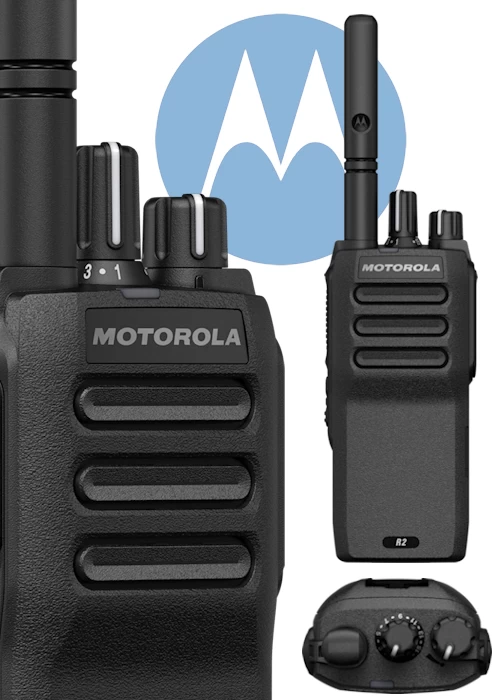
4. Long Battery Life
When it comes to battery life, two-way radios have a distinct advantage over cellular phones. The battery of a two-way radio can last for hours, if not days, on a single charge, making them reliable for extended use in the field. For example, take the Motorola R7, it has an impressive 28 hours of battery performance, and it also meets Military durability standards. This is especially crucial in situations where access to charging points may be limited or unavailable.
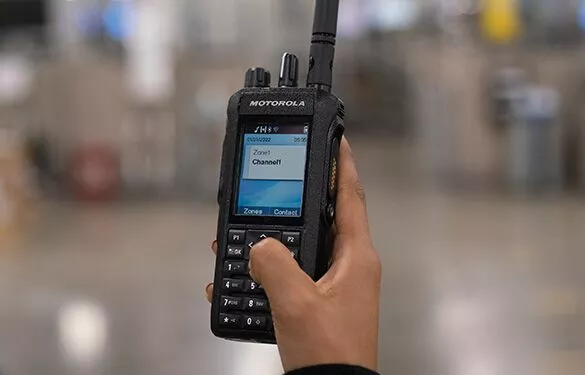
5. Secure and Private Communication
Two-way radio systems offer a high level of privacy and security with advanced encryption. Unlike cellular phones, which can be vulnerable to interception and eavesdropping, two-way radios can be equipped with advanced encryption features to ensure secure communication. This makes them indispensable for industries that deal with sensitive information or require secure channels, and with digital security breaches increasing every year to industries such as healthcare, manufacturing and retail operations, it is critical to maintain operations secure and private. That is why the Motorola Ion is a great option for industries that need advanced security to access video analytics and collaborate with apps.
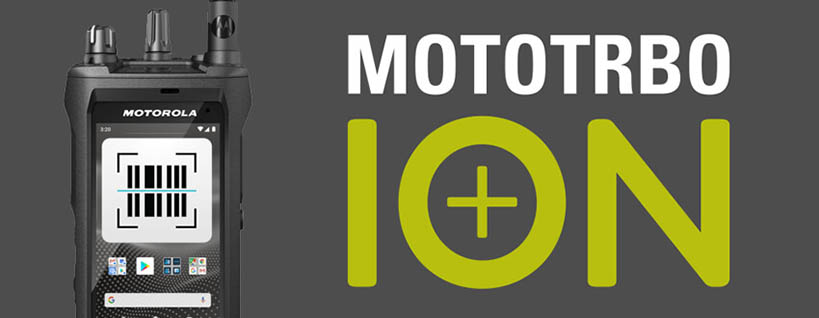
6. Cost-Effective Solution
Implementing a two-way radio PTT system can be a cost-effective communication solution, especially for organizations with a large workforce. Once the initial investment in radios is made, there are no monthly service fees or contracts required, unlike cellular communication that incurs ongoing expenses. Additionally, two-way radios eliminate the need for individual data plans or costly roaming charges, resulting in significant cost savings over time.
7. Dedicated Networks
In critical situations, when cellular networks may become overloaded or disrupted, two-way radios provide a dedicated communication network. This is particularly crucial in emergencies, natural disasters, or large-scale events, where uninterrupted communication is vital. Just like we have learned here in Florida time and time again after a hurricane or big storm, two-way radios work when cell phones are down, and radios ensure that teams can stay connected and coordinate rescue missions, or address critical issues with operations effectively, even when cellular networks are compromised.

While cellular communication has undoubtedly revolutionized the way we connect, there are situations where two-way radio push to talk (PTT) systems prove to be the superior choice. The instantaneous and reliable communication, group communication capabilities, enhanced durability, long battery life, secure communication channels, cost-effectiveness, and dedicated networks make two-way radio PTT an invaluable tool in various industries and scenarios.
It is important for businesses and organizations to assess their specific communication needs and consider the advantages that two-way radio PTT offers. By doing so, they can make an informed decision and ensure effective and efficient communication for their teams. Contact us to speak with one of our radio expert to help you identify the best solutions for your operations.
